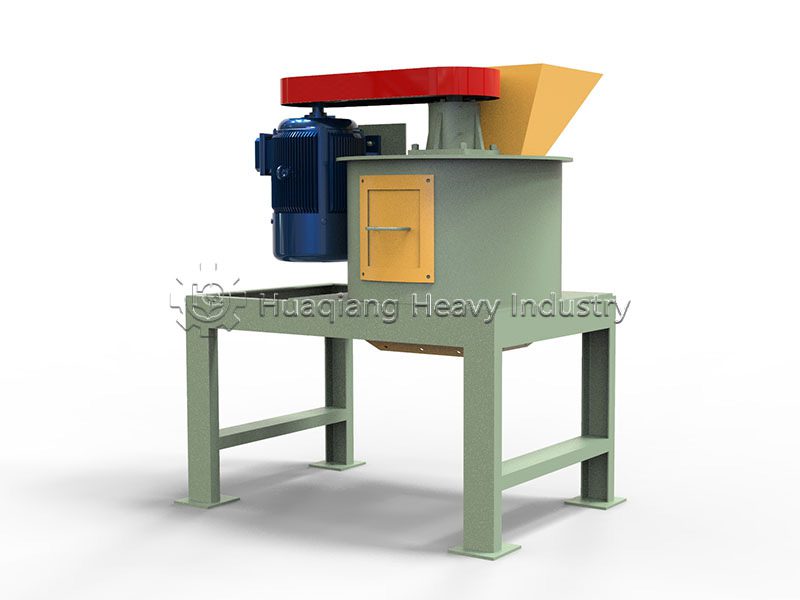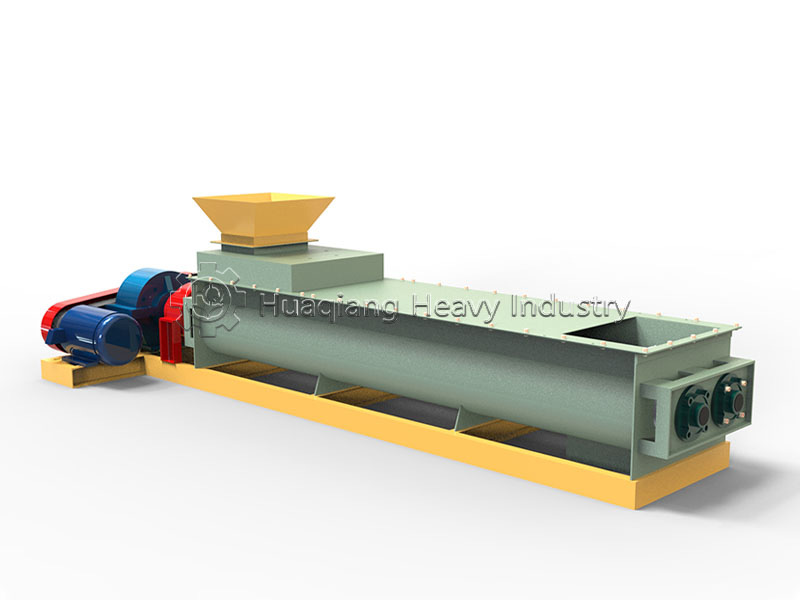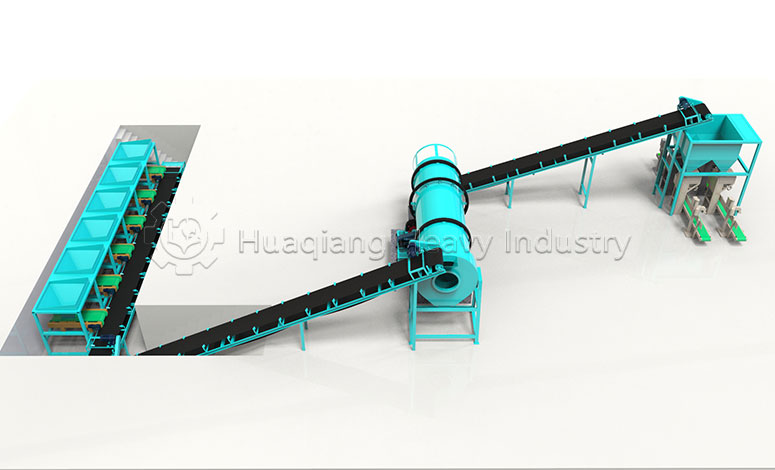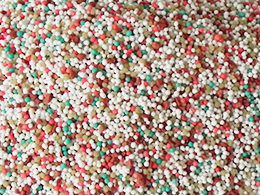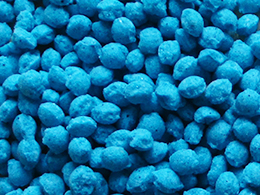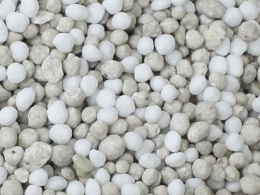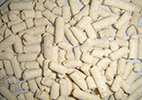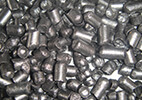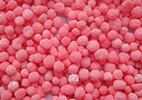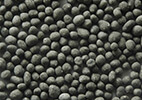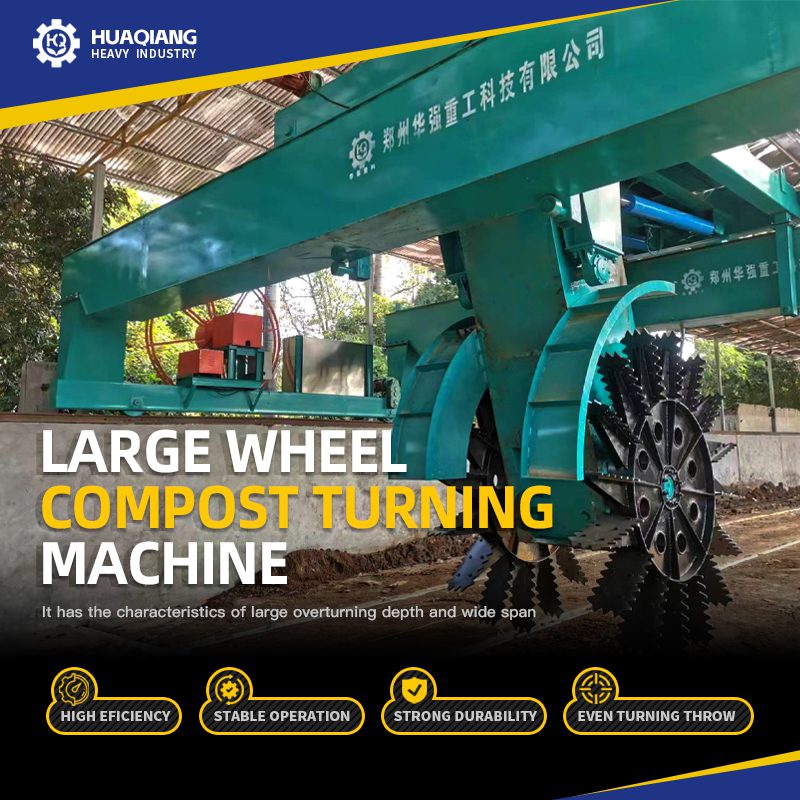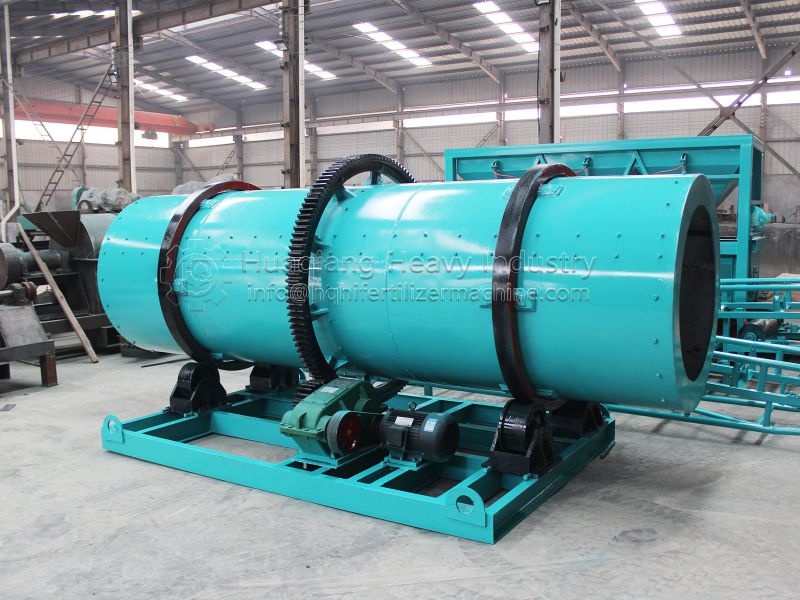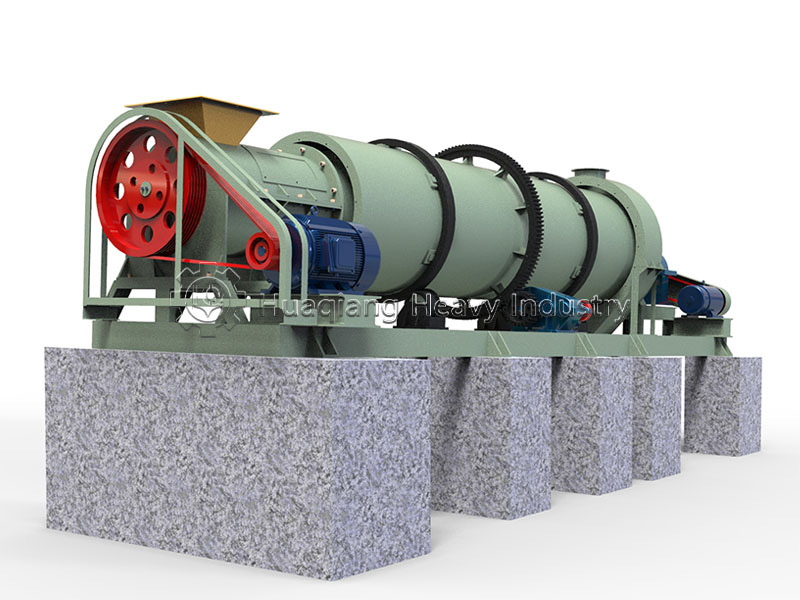Wet granulation is a critical shaping technology in fertilizer production, converting fine powder raw materials into uniform, stable granules through liquid binders. This process not only enhances the physical properties of fertilizers but also maximizes their effectiveness in storage, transportation, and application. For global agriculture, uniform granular fertilizers mean more precise fertilization and higher resource utilization efficiency.
Raw Material Pretreatment: Ensuring Quality Foundation
Wet granulation begins with meticulous preparation of raw materials. Commonly used fine powder materials in fertilizer production, such as urea and phosphates, are first screened and weighed. Lumps and impurities are removed using vibrating screens or air-jet sieves to ensure purity. Controlling initial moisture content is crucial—typically maintained below 5%—to prevent caking issues in subsequent processes and establish a stable foundation for the entire granulation. For certain moisture-sensitive materials, small amounts of anti-caking agents, such as talc, may be added to further improve handling properties.
Binder Preparation: Creating the Binding Medium
The binder serves as the “binding medium” in wet granulation, tightly connecting powder particles. In the fertilizer industry, commonly used binders include natural materials like starch or synthetic materials like polyvinyl alcohol. These binders are usually dissolved in water due to its low cost and environmental safety; for certain special materials, organic solvents like ethanol may be used. Through uniform mixing in a stirrer, a binder solution with appropriate concentration is formed and then cooled to room temperature for use. The type and concentration of the binder directly affect the final strength and dissolution characteristics of the granules.

Mixing and Granulation: The Core Forming Process
This is the central part of the entire process. In large-scale rotary granulators or high-shear mixers, dry fertilizer powders are first briefly dry-mixed to ensure even distribution of all components. Then, the binder solution is gradually added through a precision spraying system while the equipment continues to agitate. As the liquid wets the powder, fine particles begin to adhere to each other, gradually forming larger agglomerates.
Operators need to closely monitor this process, adjusting the stirring speed (typically within the range of 500-1500 rpm) and binder addition rate to avoid over-wetting (which causes clumping) or under-wetting (resulting in insufficient granule strength). In fertilizer production, this step often employs efficient large-scale equipment to meet mass production demands.
Wet Screening: Optimizing Granule Uniformity
To further ensure consistency in granule size, the newly formed wet granules may be classified using vibrating screens. This step breaks down oversized lumps and controls the granules within an ideal range (usually 10-20 mesh). Screened granules are more uniform, facilitating subsequent drying and ensuring stable quality of the final product. For small-scale production or special formulations, manual sieving may also be employed.
Drying and Solidification: Stabilizing Granule Structure
Moist granules contain significant water content and require drying for solidification and stabilization. In the fertilizer industry, fluidized bed dryers are widely used, where hot air fluidizes the granules for rapid and uniform drying. Drying temperatures are typically controlled between 40-80°C to avoid degradation of heat-sensitive components in the fertilizer. The goal is to reduce granule moisture content to 1-3% while maintaining structural integrity and hardness. Drying time and air velocity are finely adjusted based on granule size and material characteristics.
Final Screening and Sizing: Perfecting the End Product
Dried granules undergo final sieving using 16-40 mesh screens to separate high-quality granules that meet specifications. Oversized granules can be appropriately crushed in mills and re-screened, while fine powder can be recycled and mixed with new raw materials to re-enter the granulation process. This recycling approach reduces raw material waste and improves production efficiency. The final granulated fertilizer obtained has a uniform particle size distribution, ensuring even spreading and consistent dissolution during field application.
Technological Value and Application Prospects
Fertilizer granules produced through wet granulation offer multiple advantages: improved flowability facilitates mechanized application; higher bulk density reduces storage and transportation costs; controllable dissolution rates meet the nutrient needs of different crops. With the development of precision agriculture, wet granulation technology will continue to innovate, making greater contributions to global food production and sustainable development.
Integrating Wet Granulation into Organic Fertilizer Manufacturing
While wet granulation is a key shaping technology for many fertilizers, its integration into organic systems begins much earlier. The complete organic fertilizer production line starts with the organic fertilizer fermentation process, optimized by advanced fermentation composting turning technology. This is implemented using specialized turning equipment like the chain compost turning machine, chain compost turner, and large wheel compost turner to ensure efficient aerobic decomposition. The resulting stabilized compost is then ready for the granulation stage.
For shaping, the production line utilizes an organic fertilizer granulator. Modern solutions include the new type two in one organic fertilizer granulator, which combines mixing and granulation steps for efficiency. This equipment is a core component of both standard and bio organic fertilizer production line configurations, transforming the composted material into uniform, market-ready pellets. This integrated approach—from biological decomposition through optimized fermentation to controlled wet granulation—ensures the production of high-quality organic fertilizers with excellent physical properties for storage, handling, and effective field application.





